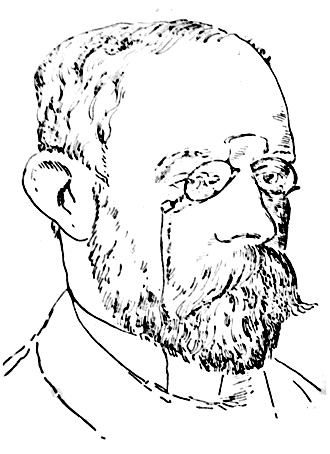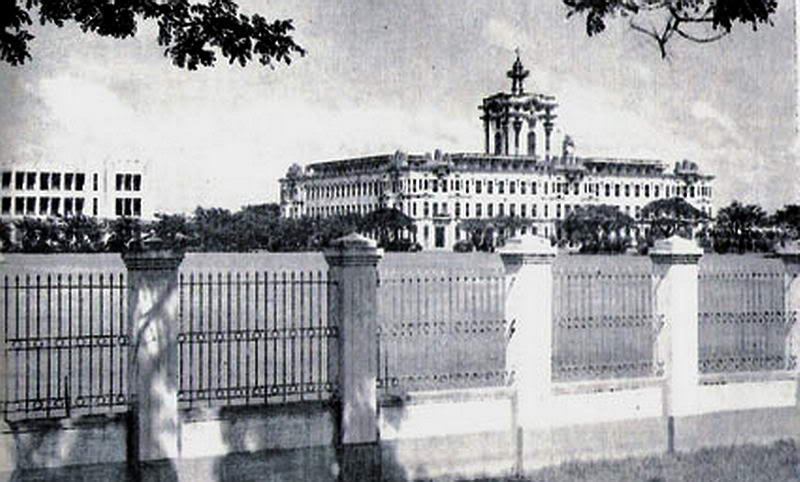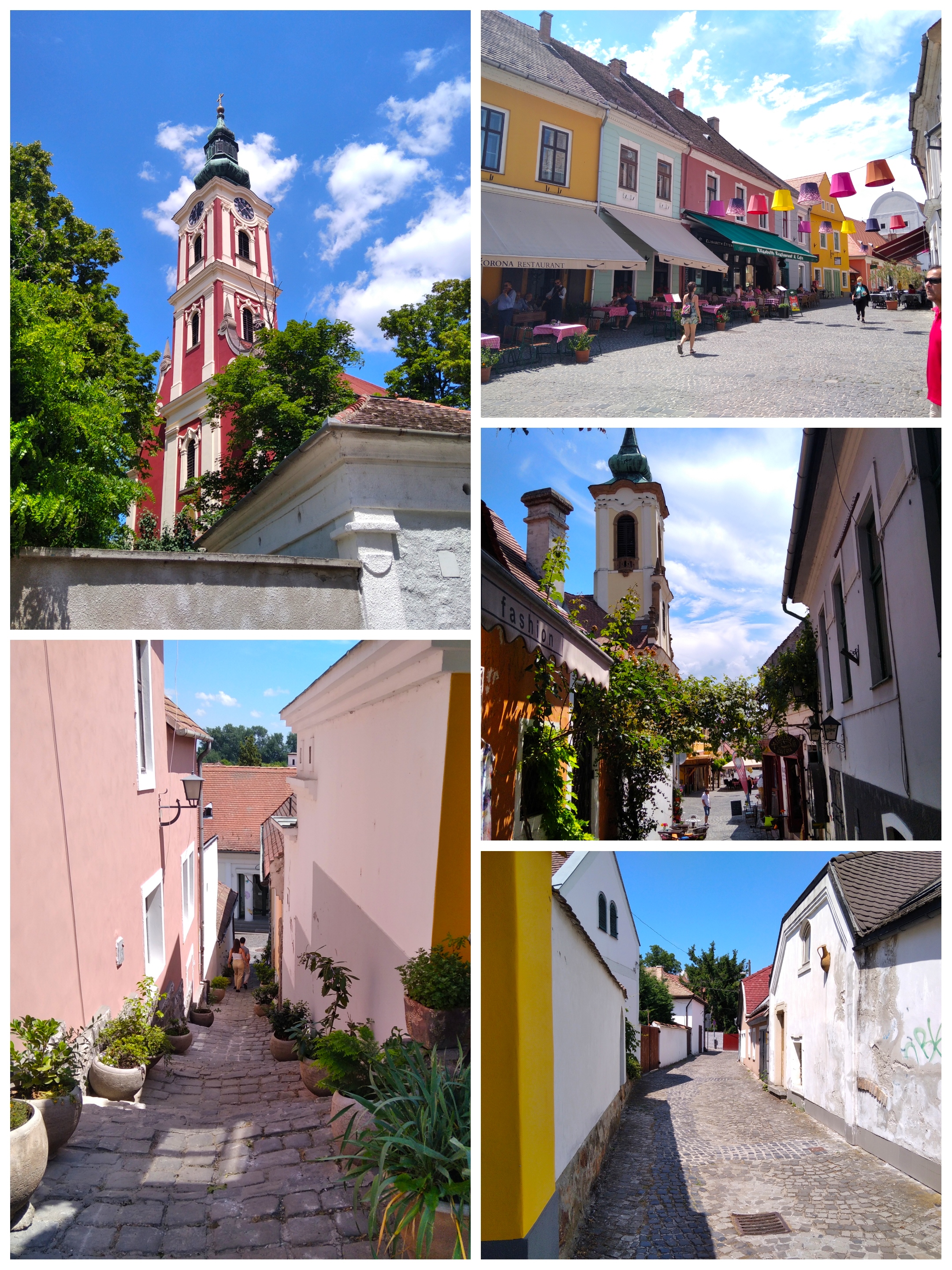|
Ferdinand Blumentritt
Ferdinand Johann Franz Blumentritt (10 September 1853, Prague – 20 September 1913, Litoměřice) was an Austrian teacher, secondary school principal in Leitmeritz, lecturer, and author of articles and books about the Philippines and its ethnography. He is well known in the Philippines for his close friendship with the writer and Propagandist José Rizal, and the numerous correspondence between the two provide a vital reference for historians and scholars studying Rizal, including his last letter from prison before the execution. Biography Blumentritt was born in Prague (now the Czech Republic, then the capital of Kingdom of Bohemia in the former Austrian Empire). Blumentritt wrote extensively about the Philippines, although he never visited the islands, corresponding with the then Filipino student and writer José Rizal, who later became a national hero. Blumentritt's relationship with Rizal began as early as July 1886. Blumentritt became one of Rizal's closest confidants a ... [...More Info...] [...Related Items...] OR: [Wikipedia] [Google] [Baidu] |
Frank Laubach
Frank Charles Laubach (September 2, 1884 – June 11, 1970), from Benton, Pennsylvania was a Congregational Christian missionary educated at Union Theological Seminary and Columbia University, and a mystic known as "The Apostle to the Illiterates." In 1915 (see Laubach, Thirty Years With the Silent Billion), while working among Muslims at a remote location in the Philippines, he developed the " Each One Teach One" literacy program. It has been used to teach about 60 million people to read in their own language. He was deeply concerned about poverty, injustice and illiteracy, and considered them barriers to peace in the world. In 1955, he founded Laubach Literacy, which helped introduce about 150,000 Americans to reading each year and had grown to embrace 34 developing countries. An estimated 2.7 million people worldwide were learning to read through Laubach-affiliated programs. In 2002, this group merged with Literacy Volunteers of America, Inc. to form ProLiteracy Worldwi ... [...More Info...] [...Related Items...] OR: [Wikipedia] [Google] [Baidu] |
University Of Santo Tomas
The University of Santo Tomas (UST; ), officially the Pontifical and Royal University of Santo Tomas, The Catholic University of the Philippines or colloquially as ''Ustê'' (), is a Private university, private Catholic school, Catholic research university in Manila, Philippines. Founded on April 28, 1611, by Spaniards, Spanish friar Miguel de Benavides, third Roman Catholic Archdiocese of Manila, Archbishop of Manila, it has the List of the oldest schools in the Philippines, oldest Extant literature, extant university charter in Asia and is one of the world's largest Catholic universities in terms of enrollment found on one campus. It is the main campus of the University of Santo Tomas System that is run by the Dominican Order, Order of Preachers. UST was granted the title ''Royal'' by Charles III of Spain, King Charles III of Spain in 1785. Pope Leo XIII made UST a pontifical university in 1902. Pope Pius XII bestowed the title of ''The Catholic University of the Philippines'' ... [...More Info...] [...Related Items...] OR: [Wikipedia] [Google] [Baidu] |
Szentendre
Szentendre, also known as Saint Andrew is a riverside town in Pest County, Hungary, between the capital city Budapest and Pilis Mountains, Pilis-Visegrád Mountains. The town is known for its museums (most notably the :hu: Szentendrei Szabadtéri Néprajzi Múzeum, Hungarian Open Air Museum), galleries, and artists. Due to its historic architecture along with easy accessibility via rail and river, it has become a destination for tourists staying in Budapest. There are many facilities, including Gift shop, souvenir shops and restaurants, catering to these visitors. Name The name of the town is ultimately based on the Medieval Latin form ' ("St. Andrew"). Because of the diverse mix of nationalities to have once settled in Szentendre, the settlement has a variety of names according to language. The Hungarian language, Hungarian name for the town is '; the Croatian language, Croatian name is '; the German language, German name is '; in Serbian language, Serbian, the name is ' ( sr-Cy ... [...More Info...] [...Related Items...] OR: [Wikipedia] [Google] [Baidu] |
Gotha (town)
Gotha () is the fifth-largest city in Thuringia, Germany, west of Erfurt and east of Eisenach with a population of 44,000. The city is the capital of the Gotha (district), district of Gotha and was also a residence of the Ernestine House of Wettin, Wettins from 1640 until the end of monarchy in Germany in 1918. The House of Saxe-Coburg and Gotha originating here spawned many European rulers, including the royal houses of the United Kingdom, Belgium, Portugal (until 1910) and Bulgaria (until 1946). In the Middle Ages, Gotha was a rich trading town on the trade route ''Via Regia'' and between 1650 and 1850, Gotha saw a cultural heyday as a centre of sciences and arts, fostered by the dukes of Saxe-Gotha. The first duke, Ernest I, Duke of Saxe-Gotha, Ernest the Pious, was famous for his wise rule. In the 18th century, the ''Almanach de Gotha'' was first published in the city. The publisher Justus Perthes (publishing company), Justus Perthes and the encyclopedist Joseph Meyer (publ ... [...More Info...] [...Related Items...] OR: [Wikipedia] [Google] [Baidu] |
Dapitan
Dapitan, officially the City of Dapitan (; Subanon: ''Gembagel G'benwa Dapitan/Bagbenwa Dapitan''; ), is a component city in the province of Zamboanga del Norte, Philippines. According to the 2020 census, it has a population of 85,202 people. It is historically significant as the place where José Rizal was exiled by the Spanish colonial authorities for his threat to start revolutionary activities. He is considered a national hero, and this is known as the "Shrine City in the Philippines." The city is also home to Gloria's Fantasyland, the first amusement park in Mindanao. History Precolonial era The earliest settlers of Dapitan were the Subanens, a nomadic tribe of Austronesian stock known to have settled and lived along the banks of the river or “suba” out of which their present-day tribal identity originated. In 1564, the people of the Dapitan Kingdom, headed by Pagbuaya, initially based on Bohol, migrated to what is now Dapitan after their territory was subjugated ... [...More Info...] [...Related Items...] OR: [Wikipedia] [Google] [Baidu] |
Calamba, Laguna
Calamba, officially the City of Calamba (), is a Cities of the Philippines#Legal classification, component city in the Provinces of the Philippines, province of Laguna (province), Laguna, Philippines. According to the 2020 census, it has a population of 539,671 people making it the largest city in the province. Calamba is the regional center of the Calabarzon region. It is situated south of Manila and west of Santa Cruz, Laguna, Santa Cruz. The city is known as the "Spring Resort Capital of the Philippines" because of its numerous hot spring resorts, which are mostly located in Barangays Pansol, Bucal, Bagong Kalsada, and Lingga. According to the 2020 census, Calamba has a population of 539,671 people, making it the most populous local government unit in Laguna. It is the fifth-densest city in the province with more than 2,600 people per square kilometer after San Pedro, Laguna, San Pedro, Biñan, Cabuyao, and Santa Rosa, Laguna, Santa Rosa. Based on the overall rankings of t ... [...More Info...] [...Related Items...] OR: [Wikipedia] [Google] [Baidu] |
Tuguegarao
Tuguegarao ( or ), officially the City of Tuguegarao (; ; ; ), is a 2nd class Cities of the Philippines#Legal classification, component city and capital of the Provinces of the Philippines, province of Cagayan, Philippines. According to the 2020 census, it has a population of 166,334 people, making it the most populous city in Cagayan Province, Cagayan Valley and Northeastern Luzon. A major urban center and primary growth center in the Northeastern Luzon, it is the regional center of Cagayan Valley and also its regional institutional and administrative center. The city is a convergence area for the provinces of Cagayan, Kalinga (province), Kalinga, Apayao and northern Isabela (province), Isabela and one of the fast-emerging cities in the Philippines. Dubbed as the "Gateway to the Ilocos Region, Ilocandia and the Cordillera Administrative Region, Cordilleras," the city is located on the southern border of the province where the Pinacanauan River empties into the Cagayan River. It ... [...More Info...] [...Related Items...] OR: [Wikipedia] [Google] [Baidu] |
Naga, Camarines Sur
Naga, officially the City of Naga (Central Bikol language, Central Bikol: ''Siyudad nin Naga''; Rinconada Bikol language, Rinconada Bikol: ''Siyudad ka Naga''; ; ), or the Pilgrim City of Naga, is an Cities of the Philippines#Legal classification, independent component city in the Bicol Region of the Philippines. According to the 2020 census, Naga has a population of 209,170 people. It is the most populous city in Camarines Sur and the second most populous city in the Bicol Region, following Legazpi, Albay, Legazpi in Albay and the smallest city in Bicol Region in terms of land area. The town was established in 1575 by order of Spanish Empire, Spanish Governor-General of the Philippines, Governor-General Francisco de Sande. The city, then Nueva Cáceres (New Cáceres, Spain, Cáceres), was one of the Spanish royal cities in the Spanish East Indies, along with Manila, Cebu City, and Iloilo City, historically to be the third oldest. Geographically and statistically classified, a ... [...More Info...] [...Related Items...] OR: [Wikipedia] [Google] [Baidu] |
Metro Manila
Metropolitan Manila ( ), commonly shortened to Metro Manila and formally the National Capital Region (NCR; ), is the capital region and largest List of metropolitan areas in the Philippines, metropolitan area of the Philippines. Located on the eastern shore of Manila Bay, the Regions of the Philippines, region lies between the Central Luzon and Calabarzon regions. Encompassing an area of and with a population of as of 2020, it consists of sixteen Cities of the Philippines#Legal classification, highly urbanized cities: Manila—the Capital of the Philippines, capital city—Caloocan, Las Piñas, Makati, Malabon, Mandaluyong, Marikina, Muntinlupa, Navotas, Parañaque, Pasay, Pasig, Quezon City, San Juan, Metro Manila, San Juan, Taguig, and Valenzuela, Metro Manila, Valenzuela, along with one independent municipality, Pateros. As the second most populous and the most densely populated region in the Philippines, it ranks as the List of metropolitan areas in Asia, 9th most po ... [...More Info...] [...Related Items...] OR: [Wikipedia] [Google] [Baidu] |
Blumentritt Station (PNR)
Blumentritt station is a railway station located on the PNR South Main Line, South Main Line in the city of Manila, Philippines. It is currently being repurposed as an elevated station of the under construction North–South Commuter Railway. It derives its name from nearby Blumentritt Road, which is named after the Bohemian professor Ferdinand Blumentritt, a friend of José Rizal and sympathizer of the Filipino cause. The station is the second station southbound from Tutuban railway station, Tutuban. Blumentritt station is one of four stations whose original platforms have been retained for service. However, it is unique in the sense that the new platforms designed to accommodate new PNR diesel multiple units are not connected to the station's original platforms, unlike solutions employed at stations such as España railway station, España, where the new platforms are directly connected to the original ones. The old platforms are still used to accommodate Philippine National ... [...More Info...] [...Related Items...] OR: [Wikipedia] [Google] [Baidu] |








